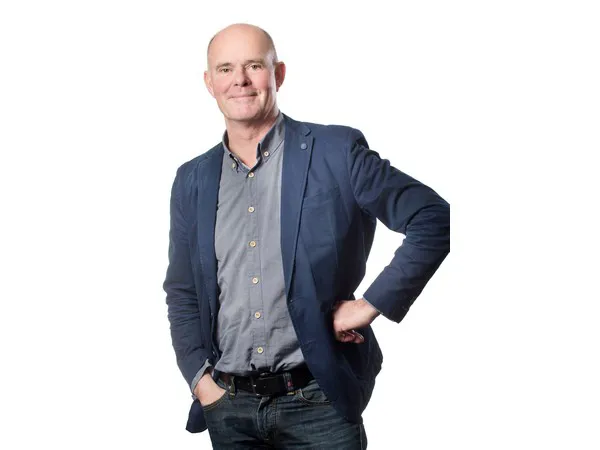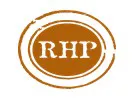Over the years, peat has become known as an unsustainable product. Therefore, in many industries as well as in the horticulture industry, companies try to minimize their use of it and are eager to find alternatives or additions to peat as substrate. However, what is the environmental impact of new or existing other raw materials for growing media? Knowledge center for substrates, RHP, is working hard on making this impact more transparent as well as the production and the expected properties of these growing media products. From February till April, they will also organize webinars (free) about Acting with New Growing Media (NGM). The changes are discussed on the basis of 8 different aspects that characterize a substrate to a great extent .

Hein Boon.
Put it in context
In horticulture, peat works very well as a raw material for substrates. However, it has a certain impact on the environment - peat consists mainly of carbon and when it oxidizes, CO2 will be released in the air - and it therefore has become less socially acceptable. However, each raw material has an impact on the environment, for example, coir pith needs to come from far and wood fiber production requires quite some energy. Therefore, it is important to put it in context, explains Hein Boon of RHP. For this reason, growing media companies work together on a European level to create a so-called 'SubstrateFootprint'. "Currently, in the HortiFootprint, the environmental footprint of flowers and vegetables is calculated by using the Life Cycle Assessments (LCA) methodology. With the SubstrateFootprint we want to calculate the impact of substrates in an unambiguous and transparent manner. The calculated impact forms input for the HortiFootprint. Also, the substrate footprint will enable growers easily to see the impact of the substrate they use or want to use."
Responsible production
On the other hand, it is also important that the different growing media are responsibly produced. In the case of peat, the industry took the initiate to make responsible choices and make the process as transparent as possible. "Most of the peat comes from degraded peatlands", Boon says. "For these peatlands new opportunities for a healthier future arise by securing the best possible development after completion of peat production. Preference is always restoration which not only prevents ongoing CO2 emission, but also enables recovery of a functional ecosystem that can accumulate peat again. This way ‘Win-win’ opportunities are created for both, nature conservation organizations and peat industry", it is explained at the RPP website.
Also for other growing media, responsible production is important and to obtain the RHP certificate. "For wood fiber, an FSC trademark is needed. Also, when looking at coco peat, which comes from far, it is important that working condition and the use of water is being monitored."
New Growing Media
The third aspect RHP is busy with is providing knowledge on actively working with new growing media. For many years, now, the use of peat is decreasing. "Around the year 2000, 90% of the substrates on the market was peat whereas in 2019 it decreased to 63%", explains Boon. "For quite some years, the industry is looking for new or existing raw materials to reduce or replace the use of peat." However, introducing a new raw material for growing media isn't that easy and fast. "Every raw material has its impact in a mixture and also its own special characteristics. One cannot just replace one with another. Therefore, we work on gathering and sharing the knowledge that enables growers to use this product. We consider eight factors that form the basis of the growing media; plant safety, nutrition, pH-behavior, physical characteristics, stability, vulnerability (for e.g. fungi), shelf-life and application. This, for example, also simplifies the decision for the grower to shift to another substrate."
In a series of five webinars, starting this Thursday for RHP members (70 companies in total), RHP will start with giving them more information about NGM and how to apply it. From March, they will also organize seminars for all other consultants worldwide, click here for the programme.
For more information: RHP
RHP
Galgeweg 38
2691 MG 's-Gravenzande
info@rhp.nl
www.rhp.nl/en/home
